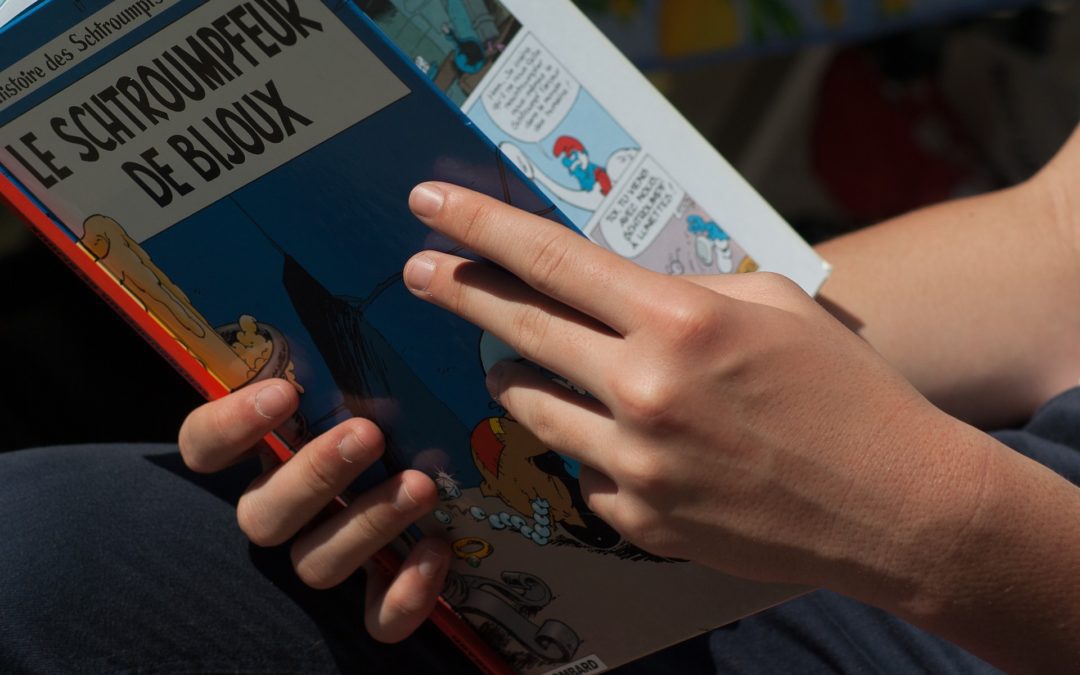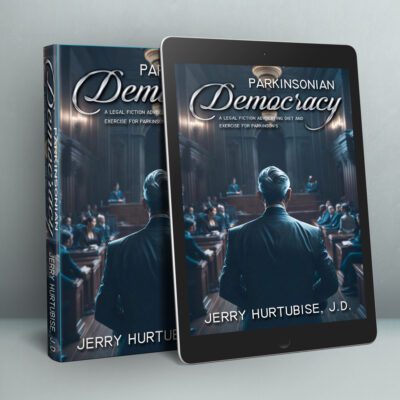Though DC’s Superman was the first big comic book character to grab the mainstream’s attention, Marvel Comic’s Stan Lee is undoubtedly everyone’s favorite father of comic book superheroes. But here’s the thing very few seem to have realized about the beloved Excelsior — he’s a comic book writer, not a comic book artist.
The distinction between artist and writer may not sound too groundbreaking to a reader, but writers with a desire to break into comics should take notice: Stan Lee is a living, breathing example of a published graphic novelist who thrived in the business without ever having to master the art of drawing comics alongside his ability to write them.
Now that you know it can be done, you’re probably wondering how to get started. Unfortunately, comic book publishing hasn’t evolved as easily as the rest of the literary world, and most publishers that advertise unsolicited comic manuscript submissions usually follow up their guidelines with, “We do not review scripts.” I.E., they aren’t going to look at anything that isn’t also being submitted with a few inked and lettered comic book pages.
For writers who are afraid that their amateur art (or lack thereof) won’t be enough to impress anyone, let alone a publisher, don’t fret; there is a solution.
Creative Collaboration
While most writers take comfort in the idea of writing in a quiet corner desk — alone — for the better part of the day, successful comic book writers can’t allow themselves to hide away. In this line of work, collaboration is the name of the game.
“One of the joys, and one of the challenges of comics is that it is a collaborative medium (again, unless you’re that writer-penciler-inker-colorist kind of guy),” C. Edward Sellner, Creative Director of Visionary Comics Studio, writes. “Most comics are the collaborative effort of a small handful of folks and that makes it both more challenging and more rewarding.”
As editor Darryl Ayo explains, if you’re trying to write a comic as a team instead of a one-man artist/writer show, then you’re probably going to end up using one of two methods: The Marvel Method or the DC Comics “Full Script” Method.
The Marvel Method
As Stan Lee recalled at a 1975 Comic Con Panel, he used to be the sole writer for every superhero Marvel comic, and couldn’t quite keep up with the many artists on staff:
“In the early days, I was writing scripts for virtually all the books, and it was very hard to keep all the artists busy…I’d say, ‘Well, I can’t write it for you Don, but here’s the plot for Iron Man, you go and draw it, and I’ll put in the copy later.’ That way I could keep five, six, ten artists busy; they were drawing, and as they’d bring in the strip, I’d put in the copy.”
According to Ayo, this quickly became the normal way that Marvel created their comics. “One person writes a whole story and another person draws it. And sometimes the drawing is broken into components such as “penciling,” “inking,” “coloring,” and what-have-you.”
At DC Comics, however — the home of Superman, Batman, and the Flash — things are a bit different. “DC Comics were known for their ‘full script’ method in which a writer writes a complete story, dialogue and everything, which is then sent off to the artist to render and bring to life.”
However stilted that may sound compared to Marvel, the strict process of separating writer and artist is something that has clearly worked for DC. In fact, just last year they created the DC Writers Workshop program, a 13-week program that was created to groom a whole new generation of DC Comic writers. Plus, it’s also one of the most direct ways for wannabe comic writers to break into the industry.
Opportunities
DC Comics will be once again opening their doors to “identify and foster fresh, new voices” in March, 2017. They’re looking for resumes, a short composition, and published writing samples. If that last stipulation sounds intimidating, please know that DC Comics is only seeking professional (AKA, experienced) writers looking to hone their comic book talent.
Of course, comics don’t just begin and end with Marvel and DC. Publishers like Dark Horse Comics accept both unsolicited submissions from both artist-writer teams and artist or writer teams. Then again, if big publishers aren’t really your thing, maybe the indie comic underground is for you.
However you decide to get into the world of comic book writing, make sure you bring something new to the table. Nate Piekos, webmaster of Blambot Comic Fonts & Lettering, says, “To make a great comic, you must engage your reader’s mind and emotions. You can be sure that almost anything you come up with has already been done. What you need to do, is spin it in a direction no one’s seen before.”
Happy writing!







